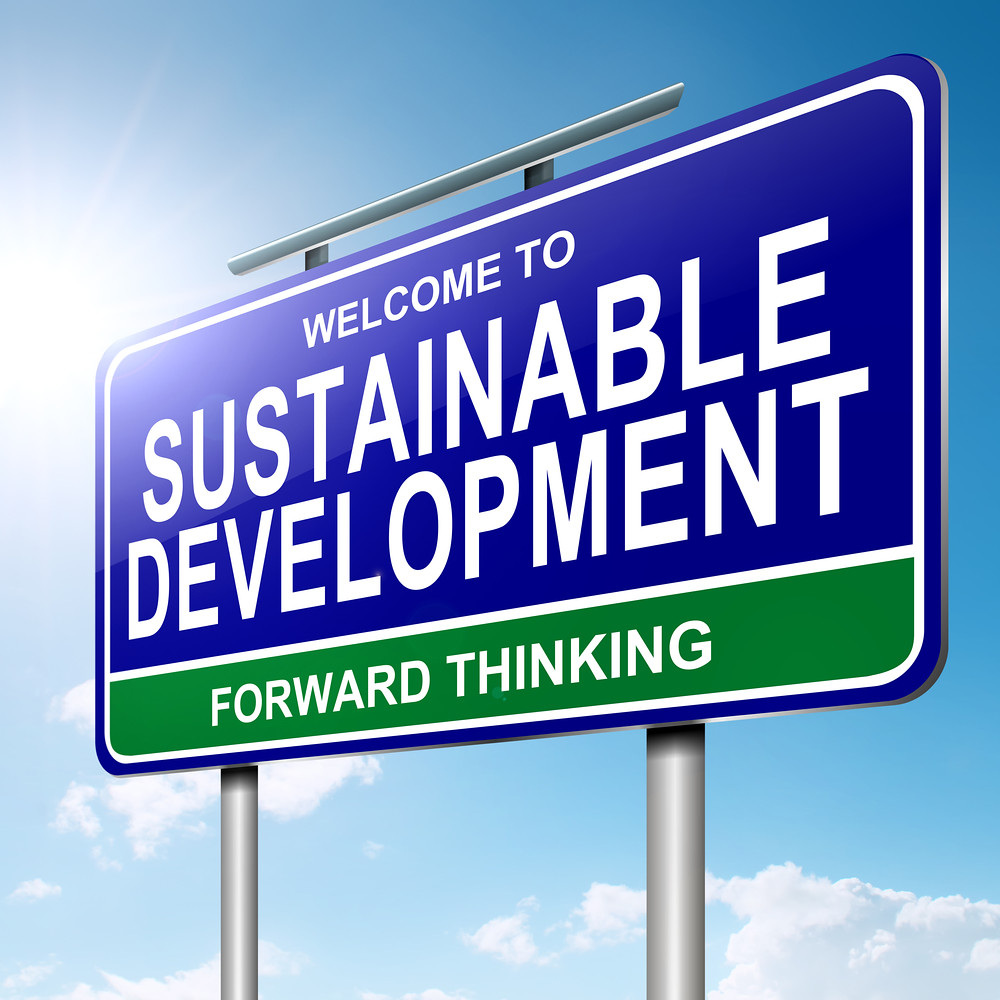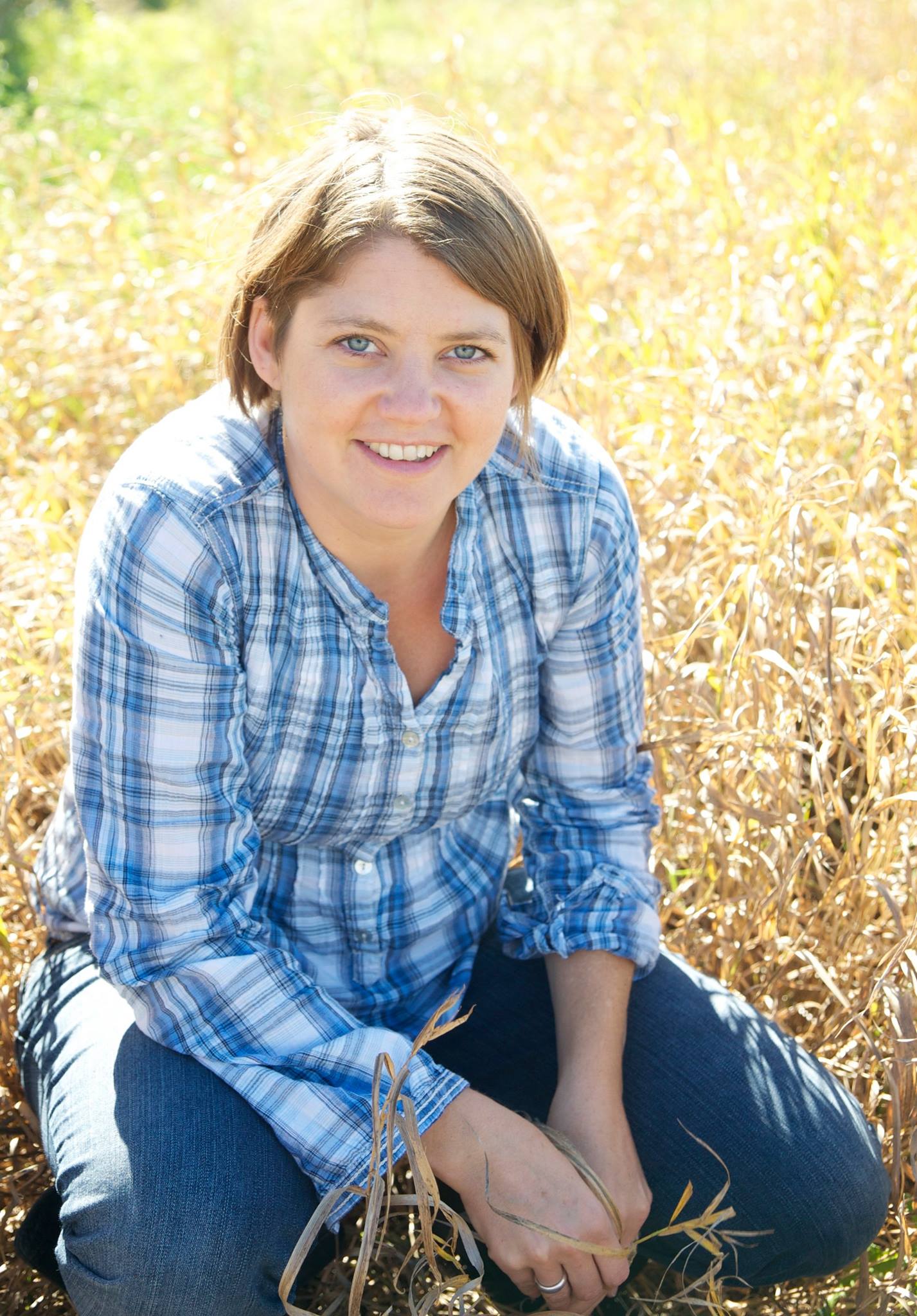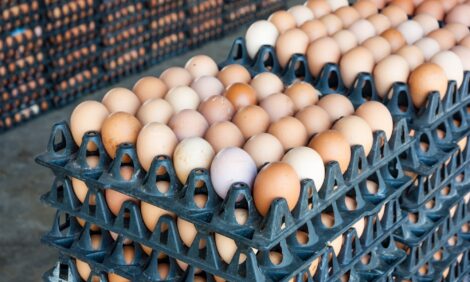



Livestock farming a critical solution for sustainable food systems
The World Farmers’ Organisation recently hosted a diverse panel discussion on livestock farming and its central position in sustainable food systems.

Scheduled to take place alongside the UN Food Systems Pre-Summit at the end of July, the World Farmers’ Organisation hosted a diverse panel discussion on livestock farming and its central position in sustainable food systems.
Four areas for improvement
Speaking online from Switzerland, Peer Ederer, a member of the scientific council of the World Farmers’ Organisation, outlined four areas of livestock production that could be improved in the future.
The first area is species diversification. Within the 40 different species humans utilise, there are some 7,000 species that could be used in almost any ecological niche, said Ederer.
The second area that could use improvement is the use of innovations. Ederer said that while innovations that improve production are available, their use should be accelerated. These innovations come in the form of genomics, data science, artificial intelligence, robotics, and precision livestock farming, but also in the form of business models that bring together the public and private sectors.
The third area that could stand improvement is accounting systems, said Ederer, pointing to the ways in which economic, social and environmental performance is measured.
“Because you can’t manage anything that you don’t measure,” he said.
The fourth area of focus for future improvement is increased focus on national or bio-regional strategies. There is, after all, no one-size-fits-all solution that fits all farmers everywhere.
“The challenges that we're being given with regards to greenhouse gas emissions, and with regards to biodiversity, are very tough,” concluded Ederer. “We need to confront those challenges. We believe that with innovation and building on the diversity, we can master these challenges, but we need to have agreed upon strategies, dependable strategies – and these dependable strategies can only be created by a national consensus of all stakeholders involved.”
EthioChicken empowers small-scale farmers
Ethiopia’s largest poultry and egg producer EthioChicken works within Ethiopia, but also in neighbouring countries, to enable thousands of micro entrepreneurs and three million small-scale farmers in improve poultry and egg production. EthioChicken has tripled Ethiopia's egg consumption in just five years. Justin Benade, poultry and egg producer and CEO of EthioChicken, explained.
Launched in 2010, EthioChicken’s vision was to increase the production of healthy chickens and improve the incomes of participating small-scale farmers. The company has eight breeder farmers with parent stock where 160,000 parent stock of a dual-purposed breed is reared for production. They have six hatcheries with a capacity of about 1.5 million eggs per week. Chicks are hatched and vaccinated, and then shipped in minibuses to the 9,000 agents who are managed by 73 area sales managers.
Agents receive the day-old chick and then grow them to six weeks of age. From there, they are responsible for selling the chickens to up to 5 million small holder farmers, most of whom live on just an acre of land. As a duel-purpose breed, each hen provides approximately 200 eggs, and later meat.
“These families are really our target market,” said Benade. “These families are quite often where people suffer from nutritional deficiencies, and where they really need support.”
EthioChicken is currently working to develop an export market. Similar models are being set up in Rwanda and Uganda.
Dutch pig farmer focuses on welfare, sustainability
Annechien ten Have runs a family-owned pig farm in The Netherlands. The farm houses 6,000 mother sows and 5,000 piglets. Ten Have’s focus on the farm is on welfare and long-term sustainability. More than 15 years ago she started thinking about how she could give her pigs a better life. To do this, she focused on their needs, especially in terms of housing. Pigs on Ten Have’s farm are raised in open housing systems, and piglets are raised in farrowing pens. Straw bedding is distributed using an automatic system, which keeps the pens constantly refreshed.


Later, Ten Have created a market concept, Hamletz, selling her end product at a higher price to compensate for the farm’s improved sustainability, for giving the pigs a better life, and for the better tasting product she produces.
To improve on-farm sustainabilility, Ten Have provides pigs with outdoor access, uses more sustainably produced feed, and operates a biogas facility that processes collected manure. The biogas facility delivers more than five million kilowatt hours each year to the grid, and Ten Have uses some to heat their stables and house. For her efforts, she was awarded Dutch agri-entrepreneur of the year in 2019.
“What you do has to be right,” she said. “You must be transparent and accessible to the consumer. We want to give meaning to what we are doing – a better life for yourself, for the animal, and good for the environment.”
Canadian beef producer reaps rewards of sustainably produced beef
Cherie Copithorne-Barnes, a fourth-generation beef rancher in Alberta, Canada, talked about sustainable beef production in Canada. Copithorne-Barnes ranches on a 26,000-acre farm that’s home to 1,500 head of cattle. She is chair and founding member of the Canadian Roundtable for Sustainable Beef, which first joined forces in 2009. Sustainable beef, she said, is a socially responsible, environmentally sound and economically viable product that prioritizes the plant, people, animals and progress.


“We did this by focusing on five main principles being the natural resources, the people in the community, animal health and welfare, food, and finally, efficiency and innovation,” said Copithorne-Barnes.
It was crucial, she said, that not part of the supply chain was left out. Joining forces was the best course of action to avoid unintended consequences and to ensure that no one felt left out. In 2016, the Roundtable began by benchmarking the entire beef supply chain in Canada. Doing so revealed the sector’s strengths and weaknesses, and helped in forging a plan going forward.Once benchmarks were set, Copithorne-Barnes said she was able to see her farm’s strengths more clearly.
“Our grasslands actually end up sequestering more carbon than do our forests,” she said. “And so it's through rotational grazing, improved genetics – of both the cattle and introduced grass species – that we’re able to keep the grasslands thriving.”
But she also saw areas that needed improvement, especially riparian lands that needed protection from grazing cattle.Copithorne-Barnes’ efforts have been rewarded economically, as sustainably produced beef sells for a higher price in Canada. All sustainable beef is third-party audited and certified.
Adopting innovation keeps U.S. dairy farm sustainable
As a dairy farmer, chair of Dairy Management Inc., and director of United Dairy Industry Association, Marilyn Hershey knows how important sustainability is on-farm. She said they need to be able to continue to provide high quality protein in a more sustainable manner. Farmers, she said, are very concerned about the environment. Healthy soils produce healthy crops, and healthy crops are needed to feed cows.
Hershey milks 800 cows on a farm 40 minutes north of Chesapeake Bay. They are part of a vast watershed that goes from their farm to the Bay, which makes nutrient management all the more important
As part of their sustainability story, she and her husband installed a biodigestor in 2017. The biodigester captures methane from the manure from the cows and converts it to electricity, which is then sent to the grid. Their biodigester can also take 45–49 per cent food waste. They divert waste from a local potato chip company and nearby grocery stores to produce energy. The waste product created through the biodigestion process is used in stalls as bedding for their cows. While it’s not economical on all farms, Hershey said it is on theirs.
Their approach is unique to their farm. It includes producing a diversity of breeds and using a diverse feeding system from feed that’s produced under no-till production. Hershey said it’s important for the world to understand what farmers do and that they do care.
“It's very critical for farmers to have a voice at, not just the UN, but to continue these conversations past the Food Systems Summit, and make sure that our farmer voice is heard,” she concluded. “You know, you talk to any farmer and they care about the environment. We care about our animals.”









